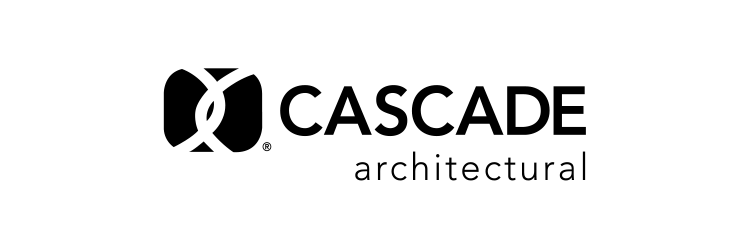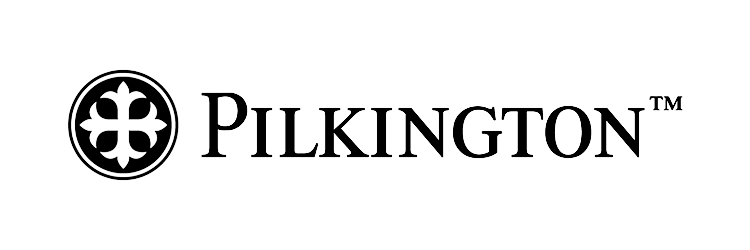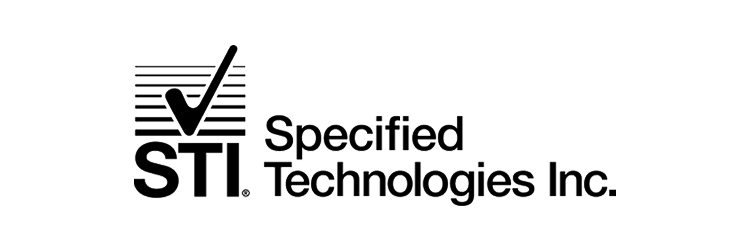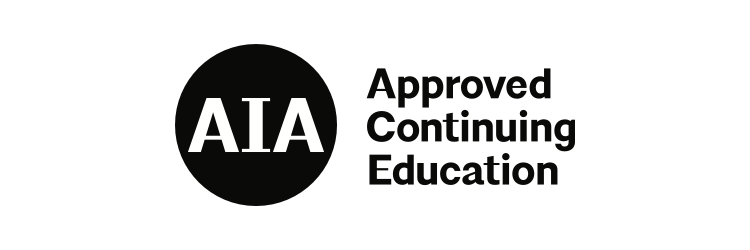Mid-Atlantic
EVENT THEME
Detailing High-Performance Facades: Strategy, Specifications, and Advanced Cladding Materials
Today’s high-performance facade standards require the deft balancing of aesthetics, technical detailing, and the demands of the client and local building regulations. This workshop will discuss both material and technical solutions to meet those standards. Experts will be on hand to lead tutorials on the most recent innovations in rainscreen cladding, sealant solutions, and much more. Attendees will leave with a greater knowledge of material applications at the cutting-edge of energy performance and code compliance, all while learning of attractive solutions for clients and end users.
view_agenda Agenda
10AM - 11AM
Credit type: 1 AIA HSW LU
Provider: STI Specified Technologies
This course outlines the advancements in perimeter fire containment systems for aluminum framed glazing systems in Mass Timber CLT construction. The value of understanding the performance of CLT Mass Timber floor systems in today’s ever changing complex glazing designs cannot be overstated. By identifying the unique challenges that these assemblies present in the design phase, you can eliminate costly changes, delays, and compromised life safety requirements prior to construction.
Learning Objectives
- Understand the 2021 IBC code changes for Mass Timber Construction and Perimeter Fire Containment Requirements
- Understand how curtain wall assemblies perform per ASTM E2307 testing and the importance of independent third-party published design listings for perimeter fire containment systems.
- Understand the impact of fire on Mass Timber when tested to ASTM E2307
- Understand the value of ASTM E2307 published design listings for Mass Timber assemblies in today’s ever changing and complex curtain wall designs.
11AM - 12PM
Credit type: 1 AIA HSW LU
Provider: Pilkington North America
Different buildings have differing needs for aesthetics, performance, and functional operations. Few building materials have as great an impact on all three of these areas as glass since it plays a unique and important role in building design and the environment. The use of glass in buildings affects design, appearance, thermal performance, and occupant comfort. Historically, glass was used mainly for windows to admit air and light, but with advanced manufacturing options and the need for high performance buildings, it is now integral to interior and exterior architecture. Glass now plays a critical role in achieving a wide variety of dynamic and varied performance requirements from reducing bird strikes to generating power. These evolving technologies enable a variety of occupant and building performance improvements such as air quality improvements, fire protection, and improved acoustic performance. Additionally, these technologies can be used to enable significant reductions in the energy usage of existing and new buildings, which further improves sustainability and the push towards zero net carbon building future. Therefore, the selection of the right types of glass is a crucial element of the design process to create solutions that not just achieve the performance and aesthetic targets, but also directly lead to the greater goals of occupant health and comfort as well achieving the macroscale building demands in terms of sustainability and operations. Architects who understand the full range of possibilities available from glass manufacturers can use them to design the aesthetics, performance, and wellness standards required of the built environment today.
Learning Objectives
- Identify the different types of high-performance glass that are available and explain how these products impact occupant health, safety, and sustainability.
- Investigate the design potential and innovative opportunities to reduce bird strikes, improve sound attenuation, reduce fire risk, and improve surface cleanliness using advanced glass technologies.
- Explain how window retrofit technologies and power generating/dynamic glazing contribute to green and sustainable design in buildings.
- Acquire insights into emerging technologies being used to achieve healthier, safer, and more sustainable buildings, beyond achieving performance and aesthetic targets.
12PM - 1PM
Credit type: 1 AIA LU/HSW
Provider: Cascade Architectural
Architecture is light.” As Le Corbusier stated, indeed architects spend a lot of design time working with the dynamic interplay of natural and artificial lighting on to, and in to, their building’s surfaces, materials, and three-dimensional spaces to create a complete experience for building occupants. With variable light transmission and reflection qualities, coiled wire fabric has quickly become one of the most popular materials for incorporating light into buildings by offering unparalleled design flexibility and customization through an incredibly cost-effective and durable material option suitable for a wide range of interior and exterior applications. This course delves into the specifics of this versatile architectural metal mesh material and looks at the variety of ways that it can be used to enhance architecture through the use of light. Starting with an overview of the material, we then look at the ways it can be a means of control and enhancement of both natural daylight and electrical lighting. Further, we explore its use as a surface where still or moving imagery can be projected. Ultimately, it is the combination of design prowess, materials, and lighting that create beautiful, functional architecture as seen in examples cited.
Learning Objectives
- Identify and recognize the specific nature of coiled wire fabric with its abilities to impact lighting, ventilation, and well-designed healthy spaces.
- Assess the use of coiled wire fabric to control or enhance the use of sunlight to create improved indoor environments for the welfare of their occupants.
- Explain the options available for using electrical lighting, including low voltage or energy efficient LED lighting, for interior and exterior installations.
- Determine ways to use coiled wire fabric to receive projected imagery, both fixed and moving, for artistic or performance purposes.








